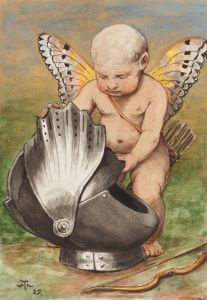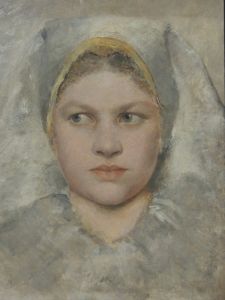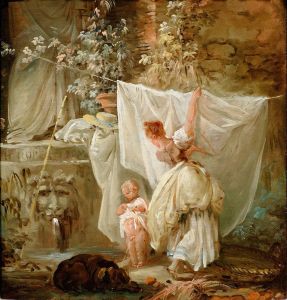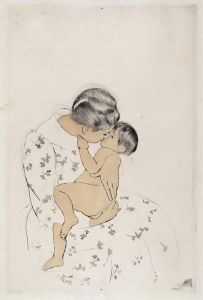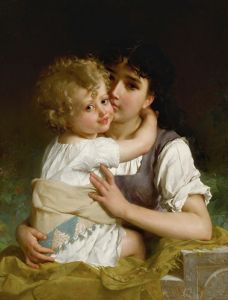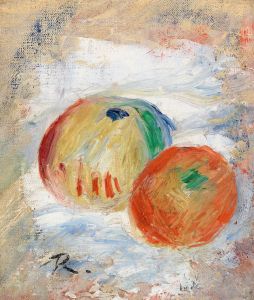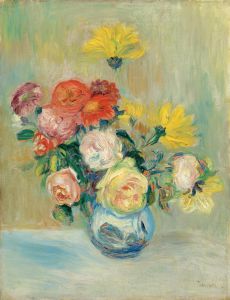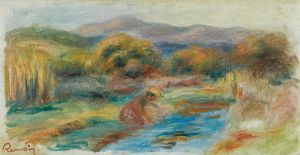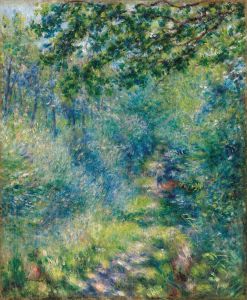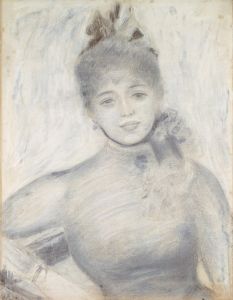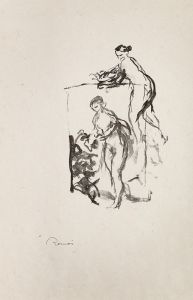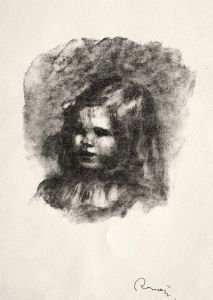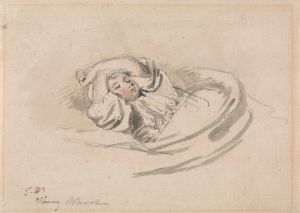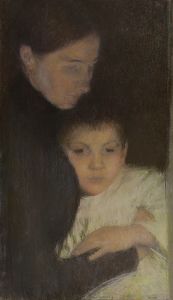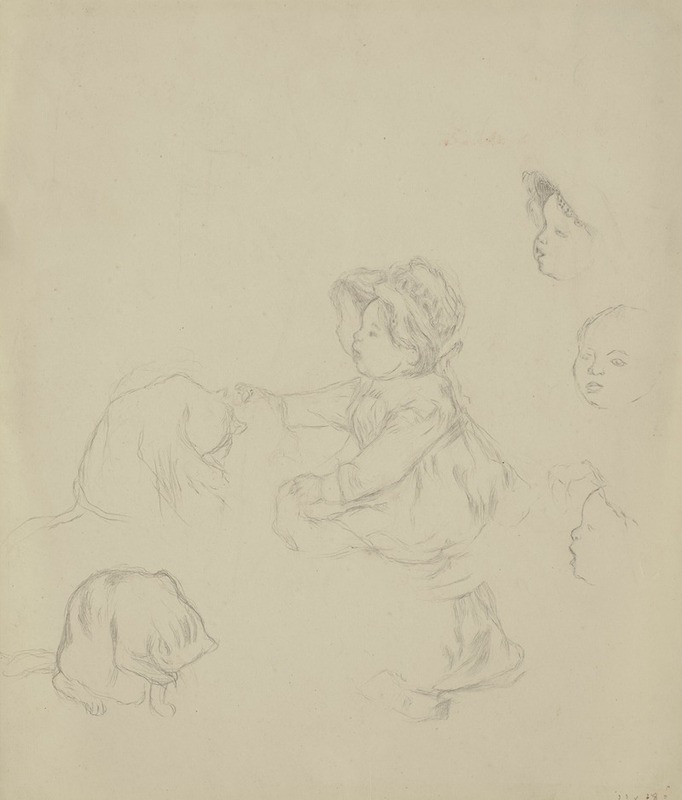
Étude d’enfant
A hand-painted replica of Pierre-Auguste Renoir’s masterpiece Étude d’enfant, meticulously crafted by professional artists to capture the true essence of the original. Each piece is created with museum-quality canvas and rare mineral pigments, carefully painted by experienced artists with delicate brushstrokes and rich, layered colors to perfectly recreate the texture of the original artwork. Unlike machine-printed reproductions, this hand-painted version brings the painting to life, infused with the artist’s emotions and skill in every stroke. Whether for personal collection or home decoration, it instantly elevates the artistic atmosphere of any space.
Pierre-Auguste Renoir, a prominent French artist and a leading figure in the development of the Impressionist style, is known for his vibrant light and saturated color, often focusing on people in intimate and candid compositions. One of his works, "Étude d’enfant," reflects his interest in capturing the innocence and beauty of childhood, a theme that recurs throughout his oeuvre.
"Étude d’enfant," which translates to "Study of a Child," is a testament to Renoir's skill in portraiture and his ability to convey the delicate features and expressions of his subjects. Renoir's portraits often highlight his fascination with the human form and his ability to capture the essence of his subjects with a sense of immediacy and warmth. This particular painting is no exception, showcasing his adeptness at rendering the softness of a child's features and the subtle play of light on skin.
Renoir's technique in "Étude d’enfant" is characterized by loose brushwork and a light palette, typical of his Impressionist phase. The brushstrokes are fluid and expressive, capturing the fleeting nature of the moment and the gentle demeanor of the child. The use of color is both vibrant and harmonious, with a focus on natural tones that enhance the lifelike quality of the portrait. Renoir's ability to blend colors seamlessly allows for a realistic depiction of the child's complexion and the texture of the clothing.
The composition of "Étude d’enfant" is intimate, drawing the viewer's attention directly to the child's face. Renoir often employed such compositions to create a sense of closeness between the subject and the viewer, inviting an emotional connection. The background is typically understated, ensuring that the focus remains on the child, whose expression is captured with a sense of innocence and curiosity.
Renoir's interest in children as subjects can be attributed to his belief in the purity and simplicity of childhood, which he saw as a source of inspiration and beauty. Throughout his career, he painted numerous portraits of children, each one reflecting his admiration for their unspoiled nature and the joy they bring to the world. "Étude d’enfant" is a fine example of this recurring theme, showcasing Renoir's ability to capture the essence of childhood with sensitivity and grace.
While specific details about the identity of the child in "Étude d’enfant" or the exact circumstances of its creation may not be well-documented, the painting remains an important part of Renoir's body of work. It exemplifies his mastery of portraiture and his commitment to capturing the beauty of everyday life, a hallmark of the Impressionist movement.
Renoir's legacy as an artist is marked by his contributions to the Impressionist movement and his influence on subsequent generations of artists. His works continue to be celebrated for their beauty, technical skill, and emotional depth. "Étude d’enfant," like many of his portraits, offers a glimpse into the world as seen through Renoir's eyes, where light, color, and form come together to create a harmonious and evocative image.





